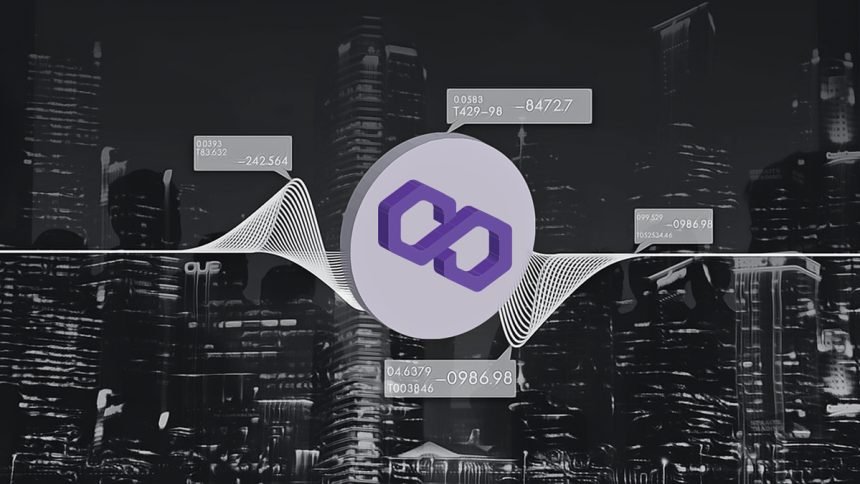Ahmedabad update on Polygon (POL) network has been completed. Following the update, the price increased by 5%, supported by the improvement in general market sentiment. This update is considered a significant advancement in the platform’s Proof-of-Stake (PoS) mainnet. Thanks to the improvements made, it is expected to improve the experience of both developers and users and increase network usage.
Ahmedabad Update
Polygon’s Ahmedabad update was first tested on the Amoy testnet and then launched on the mainnet. The update includes several improvements aimed at improving the overall effectiveness of the Polygon network. The Ahmedabad update consists of Polygon Improvement Proposals (PIP) 30, 36 and 45.
One of the most notable changes is the increase in the maximum code size from 24KB to 32KB under PIP-30. This improvement will allow developers to create more complex dApps and increase Polygon’s potential.
Conversion from MATIC to POL
Another major change in the Ahmedabad update is the replacement of Polygon’s native token, MATIC, with POL. Additionally, WMATIC was updated to WPOL with this update. Now, with the last step, we are watching the Polygon ecosystem transition to a POL-based structure.
Polygon confirmed that all node operators, validators, and infrastructure providers have been upgraded to the updated Bor and Erigon versions. In this way, the blockchain will continue to work smoothly with the new changes brought by the Ahmedabad update.
POL Price
After the Ahmedabad update, POL price increased by more than 5%. The increase was supported by an improvement in general market sentiment, and such major updates generally have positive consequences on token prices. According to IntoTheBlock, 61.38% of addresses holding POL are currently profitable, and the rate could increase further if the BTC price can achieve persistence above $65,000.
Another good news is that the transaction delays on the Polygon network reported by Coinbase have been resolved. Coinbase’s quick intervention prevented investors from suffering and transactions continue smoothly.
Improving the technical infrastructure of the network and creating a better environment for developers is very positive. In the future, we can better interpret the net results of the update on September 26 by examining the growth data of the Polygon ecosystem.
Disclaimer: The information contained in this article does not constitute investment advice. Investors should be aware that crypto currencies carry high volatility and therefore risk, and should carry out their transactions in line with their own research.








